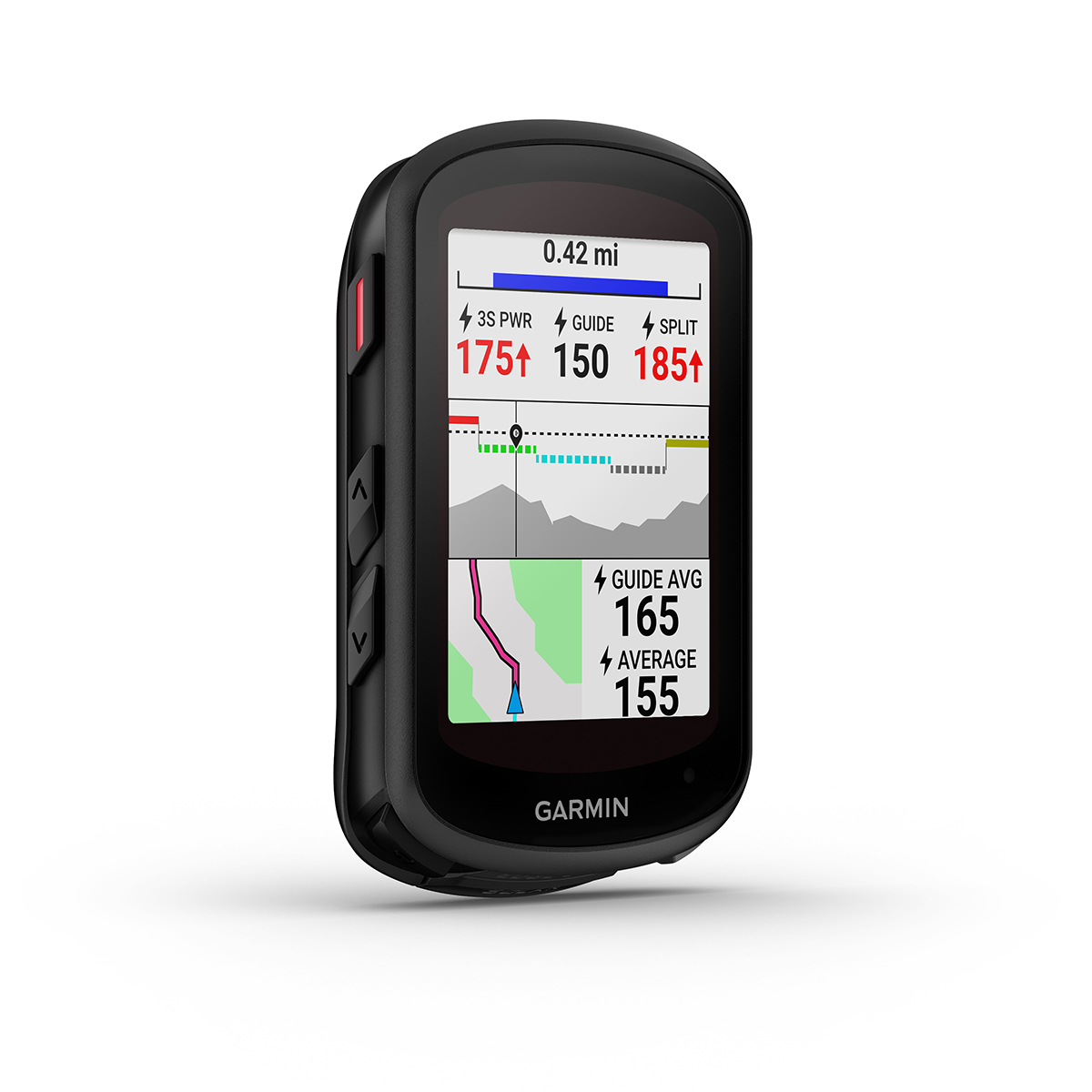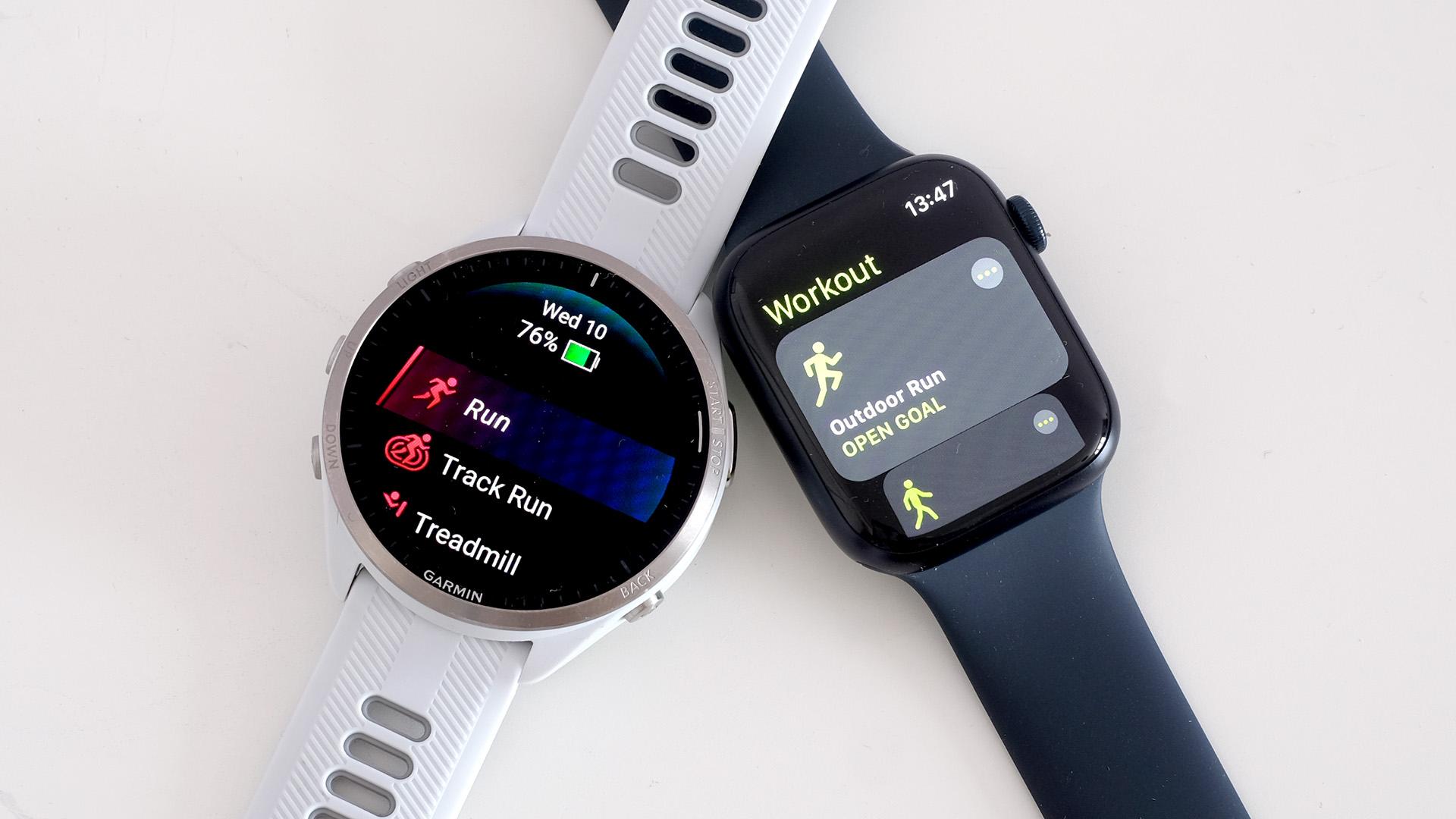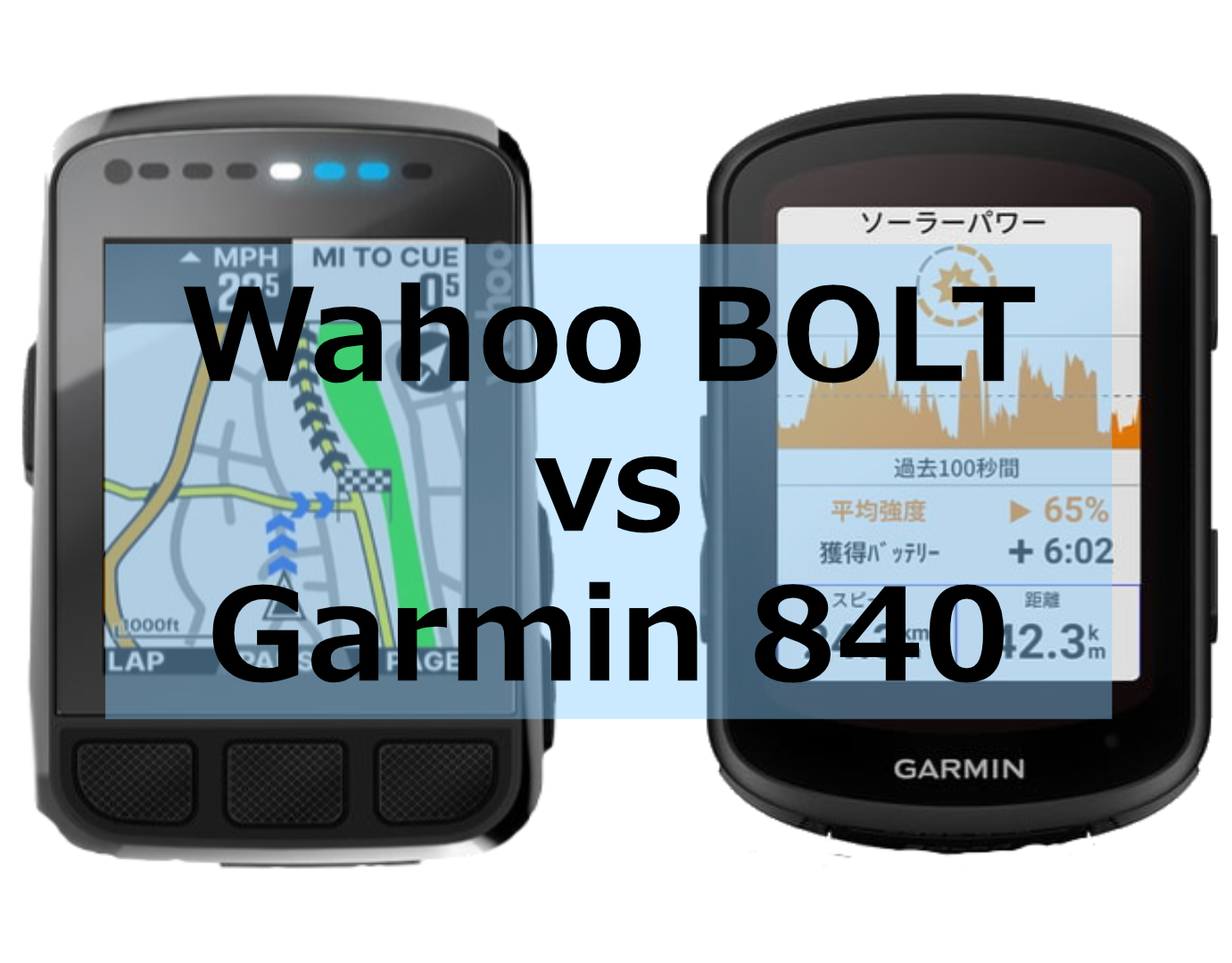Introduction: Understanding the Garmin Edge 820 and 840
The Garmin Edge 820 and 840 are two of the most advanced cycling computers available on the market today. These high-end devices cater to cyclists seeking accurate data tracking, seamless connectivity, and advanced navigation capabilities. Although they share many similarities, there are key differences that set them apart. This comprehensive comparison will help you understand the unique features of the Garmin 820 vs 840, ensuring you make an informed decision when choosing the perfect cycling computer for your needs.
Design and Display: A Side-by-Side Look
When comparing the Garmin Edge 820 and 840, the design and display features are essential aspects to consider. Both devices boast sleek, aerodynamic designs and high-resolution touchscreen displays. However, there are subtle differences between the two models.
The Garmin Edge 820 features a 2.3-inch sunlight-readable touchscreen display with a resolution of 200 x 265 pixels. Its compact design and lightweight build make it an excellent choice for cyclists who prioritize portability and minimalism. The device is also compatible with ambient light sensors and offers customizable data fields, allowing users to tailor their display to their preferences.
On the other hand, the Garmin Edge 840 boasts a slightly larger 2.6-inch touchscreen display with a resolution of 246 x 322 pixels. This model is more rugged and durable than its predecessor, with a reinforced glass lens that provides added protection against scratches and impacts. Additionally, the Edge 840 offers enhanced customization options, including the ability to add custom data fields and rearrange existing ones for optimal user experience.
In summary, both the Garmin Edge 820 and 840 offer impressive design and display features. While the Edge 820 is more compact and lightweight, the Edge 840 provides a larger display, increased durability, and more extensive customization options. Ultimately, the choice between the two will depend on your specific needs and preferences as a cyclist.
Battery Life and Power Management
Battery life and power management are crucial factors when selecting a cycling computer, as they directly impact the user experience. The Garmin Edge 820 and 840 both offer impressive battery performance, but there are differences in their capabilities.
The Garmin Edge 820 is equipped with an internal rechargeable lithium-ion battery that provides up to 15 hours of battery life in GPS mode. Users can extend the battery life by adjusting backlight settings and enabling battery-saving modes. The device also features a battery-life indicator, allowing cyclists to monitor their power consumption during rides.
The Garmin Edge 840, on the other hand, boasts an even more robust battery, offering up to 20 hours of battery life in GPS mode. This improvement is primarily due to a more efficient processor and power management system. Similar to the Edge 820, the Edge 840 includes battery-saving modes and a battery-life indicator, ensuring users can make the most of their device’s power.
In summary, the Garmin Edge 840 outperforms the Edge 820 in terms of battery life, offering an additional five hours of GPS usage. However, both devices provide battery-saving modes and battery-life indicators, allowing users to manage their power consumption effectively. When considering the Garmin 820 vs 840, battery life and power management should be a factor in your decision-making process, especially for long-distance cyclists or those who prefer extended battery autonomy.
Sensors and Connectivity: Navigation and Data Tracking
Advanced sensors and connectivity options are essential features of modern cycling computers, enabling accurate navigation and data tracking. The Garmin Edge 820 and 840 both excel in this area, offering a wide range of features to meet the needs of serious cyclists.
Both devices support GPS, GLONASS, and Galileo satellite systems, ensuring fast and accurate positioning in various environments. This multi-satellite system support allows for more precise location tracking and improved signal reception, even in challenging conditions such as urban canyons or dense forests.
The Garmin Edge 820 and 840 also offer ANT+ and Bluetooth connectivity, enabling seamless integration with various sensors and devices. Users can connect their cycling computers to heart rate monitors, speed and cadence sensors, power meters, and even smartphones for real-time notifications and remote control.
One notable difference between the two models is the Edge 840’s support for Wi-Fi connectivity. This feature allows users to quickly and easily upload their activities to Garmin Connect or other third-party platforms without the need for a smartphone or computer. The Edge 820, on the other hand, relies on Bluetooth or USB connectivity for data synchronization.
In summary, the Garmin Edge 820 and 840 offer robust sensors and connectivity options, ensuring accurate navigation and data tracking. While both devices support GPS, GLONASS, and Galileo satellite systems, as well as ANT+ and Bluetooth connectivity, the Edge 840 distinguishes itself with built-in Wi-Fi support. When evaluating the Garmin 820 vs 840, consider whether Wi-Fi connectivity is a valuable feature for your specific use case.
Performance and User Experience: How They Stack Up
When comparing the Garmin Edge 820 and 840, performance and user experience are crucial factors to consider. Both devices offer impressive capabilities, but there are differences in their ease of use, data accuracy, and customization options.
Ease of Use
Both the Garmin Edge 820 and 840 feature intuitive user interfaces and customizable data screens, allowing cyclists to tailor their devices to their preferences. The Edge 840, however, features a more streamlined and user-friendly interface, with simplified menus and quicker access to essential features.
Data Accuracy
Both devices provide accurate data tracking, thanks to their advanced sensors and satellite system support. However, the Edge 840 benefits from improved algorithms and processing power, resulting in more precise and consistent data, particularly in challenging environments.
Customization Options
The Garmin Edge 820 and 840 offer extensive customization options, enabling users to personalize their devices to their specific needs. The Edge 840, however, provides even more flexibility, with additional data fields, customizable activity profiles, and compatibility with third-party apps and widgets.
In summary, the Garmin Edge 840 offers a more user-friendly interface, improved data accuracy, and enhanced customization options compared to the Edge 820. When evaluating the Garmin 820 vs 840, consider the importance of these factors in your decision-making process. Ultimately, the right choice will depend on your specific needs, preferences, and budget.
How to Choose: Factors to Consider Before Buying
When deciding between the Garmin Edge 820 and 840, consider several factors to ensure you select the device that best suits your needs and preferences. Here are some key aspects to take into account:
Budget
The Garmin Edge 820 and 840 cater to different price points, with the Edge 820 being the more affordable option. Determine your budget before making a decision, keeping in mind that the Edge 840 offers additional features and improvements that may justify the extra cost for some cyclists.
Specific Use Cases
Consider your primary use cases for a cycling computer. If you prioritize a user-friendly interface, improved data accuracy, and extensive customization options, the Garmin Edge 840 may be the better choice. However, if you’re looking for a more budget-friendly option with similar core features, the Edge 82
Conclusion: Making the Right Choice for Your Cycling Needs
In the Garmin 820 vs 840 comparison, both devices showcase impressive features and capabilities, making it essential to consider individual needs and preferences when choosing the right cycling computer. The Garmin Edge 820 and 840 cater to various budgets and use cases, ensuring there’s an option for every cyclist.
When comparing design and display features, the Edge 840 offers a more robust build and a slightly larger screen with higher resolution. However, the Edge 820 remains a competitive choice with its sleek design and customizable display options.
Battery life and power management are crucial factors for many cyclists. While the Garmin Edge 840 provides an extended battery life of up to 20 hours in GPS mode, the Edge 820 offers a respectable 15 hours. Both devices offer battery-saving modes, ensuring you can tailor the power consumption to your specific needs.
Sensors and connectivity are vital for accurate navigation and data tracking. Both the Edge 820 and 840 support GPS, GLONASS, and Galileo satellite systems, as well as ANT+ and Bluetooth compatibility. The Edge 840, however, distinguishes itself with built-in Wi-Fi support for seamless data synchronization.
Lastly, performance and user experience play a significant role in the Garmin 820 vs 840 decision. The Edge 840 offers a more user-friendly interface, improved data accuracy, and enhanced customization options, making it an attractive choice for serious cyclists seeking advanced features and capabilities.
Ultimately, the right choice depends on your budget, specific use cases, and personal preferences. By carefully considering these factors and comparing the key aspects of both devices, you can make an informed decision and select the perfect Garmin cycling computer for your needs.







